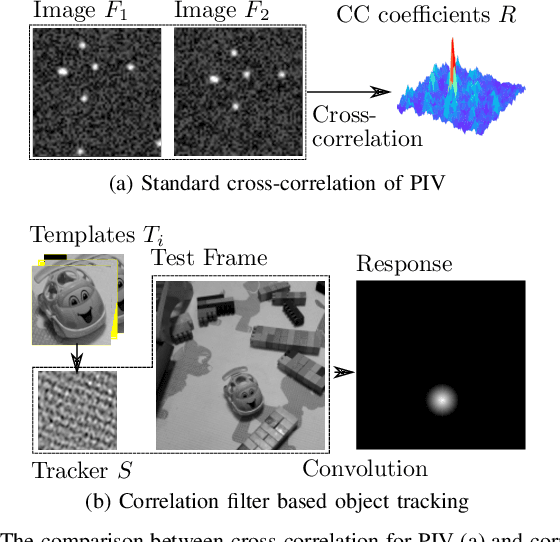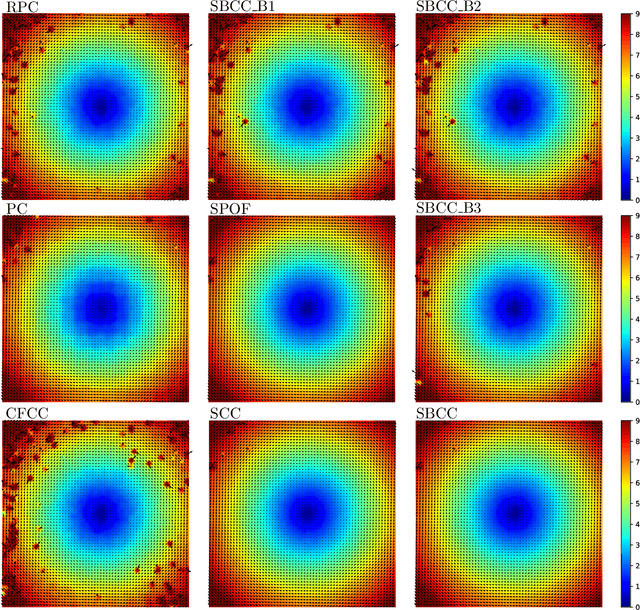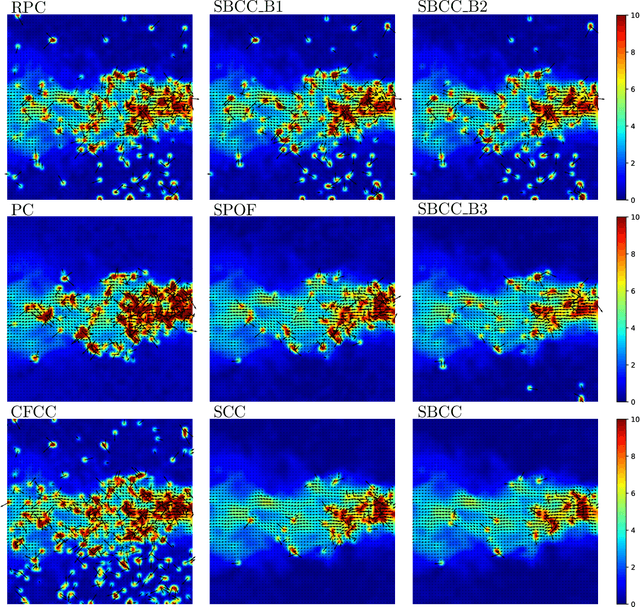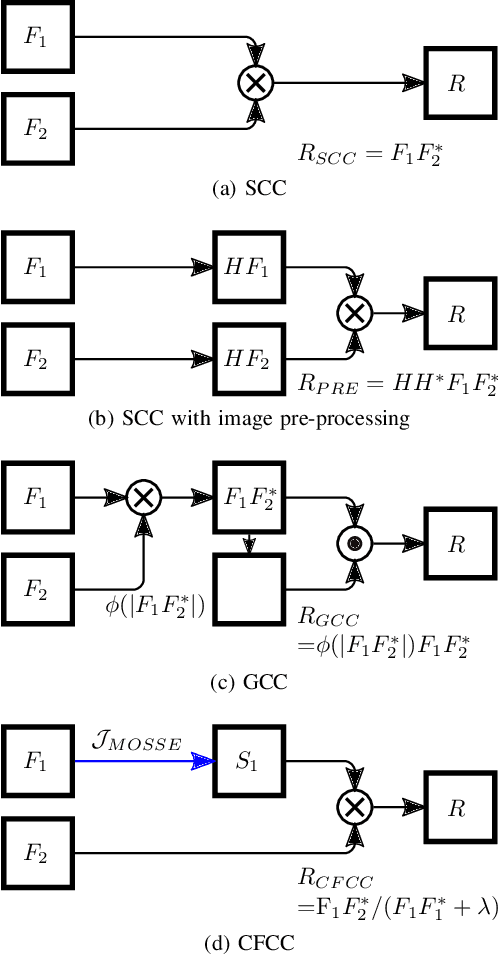Zeyu Gong
SkyScript-100M: 1,000,000,000 Pairs of Scripts and Shooting Scripts for Short Drama
Aug 18, 2024Abstract:Generating high-quality shooting scripts containing information such as scene and shot language is essential for short drama script generation. We collect 6,660 popular short drama episodes from the Internet, each with an average of 100 short episodes, and the total number of short episodes is about 80,000, with a total duration of about 2,000 hours and totaling 10 terabytes (TB). We perform keyframe extraction and annotation on each episode to obtain about 10,000,000 shooting scripts. We perform 100 script restorations on the extracted shooting scripts based on our self-developed large short drama generation model SkyReels. This leads to a dataset containing 1,000,000,000 pairs of scripts and shooting scripts for short dramas, called SkyScript-100M. We compare SkyScript-100M with the existing dataset in detail and demonstrate some deeper insights that can be achieved based on SkyScript-100M. Based on SkyScript-100M, researchers can achieve several deeper and more far-reaching script optimization goals, which may drive a paradigm shift in the entire field of text-to-video and significantly advance the field of short drama video generation. The data and code are available at https://github.com/vaew/SkyScript-100M.
Adaptive adversarial training method for improving multi-scale GAN based on generalization bound theory
Nov 30, 2022Abstract:In recent years, multi-scale generative adversarial networks (GANs) have been proposed to build generalized image processing models based on single sample. Constraining on the sample size, multi-scale GANs have much difficulty converging to the global optimum, which ultimately leads to limitations in their capabilities. In this paper, we pioneered the introduction of PAC-Bayes generalized bound theory into the training analysis of specific models under different adversarial training methods, which can obtain a non-vacuous upper bound on the generalization error for the specified multi-scale GAN structure. Based on the drastic changes we found of the generalization error bound under different adversarial attacks and different training states, we proposed an adaptive training method which can greatly improve the image manipulation ability of multi-scale GANs. The final experimental results show that our adaptive training method in this paper has greatly contributed to the improvement of the quality of the images generated by multi-scale GANs on several image manipulation tasks. In particular, for the image super-resolution restoration task, the multi-scale GAN model trained by the proposed method achieves a 100% reduction in natural image quality evaluator (NIQE) and a 60% reduction in root mean squared error (RMSE), which is better than many models trained on large-scale datasets.
Surrogate-based cross-correlation for particle image velocimetry
Dec 10, 2021



Abstract:This paper presents a novel surrogate-based cross-correlation (SBCC) framework to improve the correlation performance between two image signals. The basic idea behind the SBCC is that an optimized surrogate filter/image, supplanting one original image, will produce a more robust and more accurate correlation signal. The cross-correlation estimation of the SBCC is formularized with an objective function composed of surrogate loss and correlation consistency loss. The closed-form solution provides an efficient estimation. To our surprise, the SBCC framework could provide an alternative view to explain a set of generalized cross-correlation (GCC) methods and comprehend the meaning of parameters. With the help of our SBCC framework, we further propose four new specific cross-correlation methods, and provide some suggestions for improving existing GCC methods. A noticeable fact is that the SBCC could enhance the correlation robustness by incorporating other negative context images. Considering the sub-pixel accuracy and robustness requirement of particle image velocimetry (PIV), the contribution of each term in the objective function is investigated with particles' images. Compared with the state-of-the-art baseline methods, the SBCC methods exhibit improved performance (accuracy and robustness) on the synthetic dataset and several challenging real experimental PIV cases.
 Add to Chrome
Add to Chrome Add to Firefox
Add to Firefox Add to Edge
Add to Edge